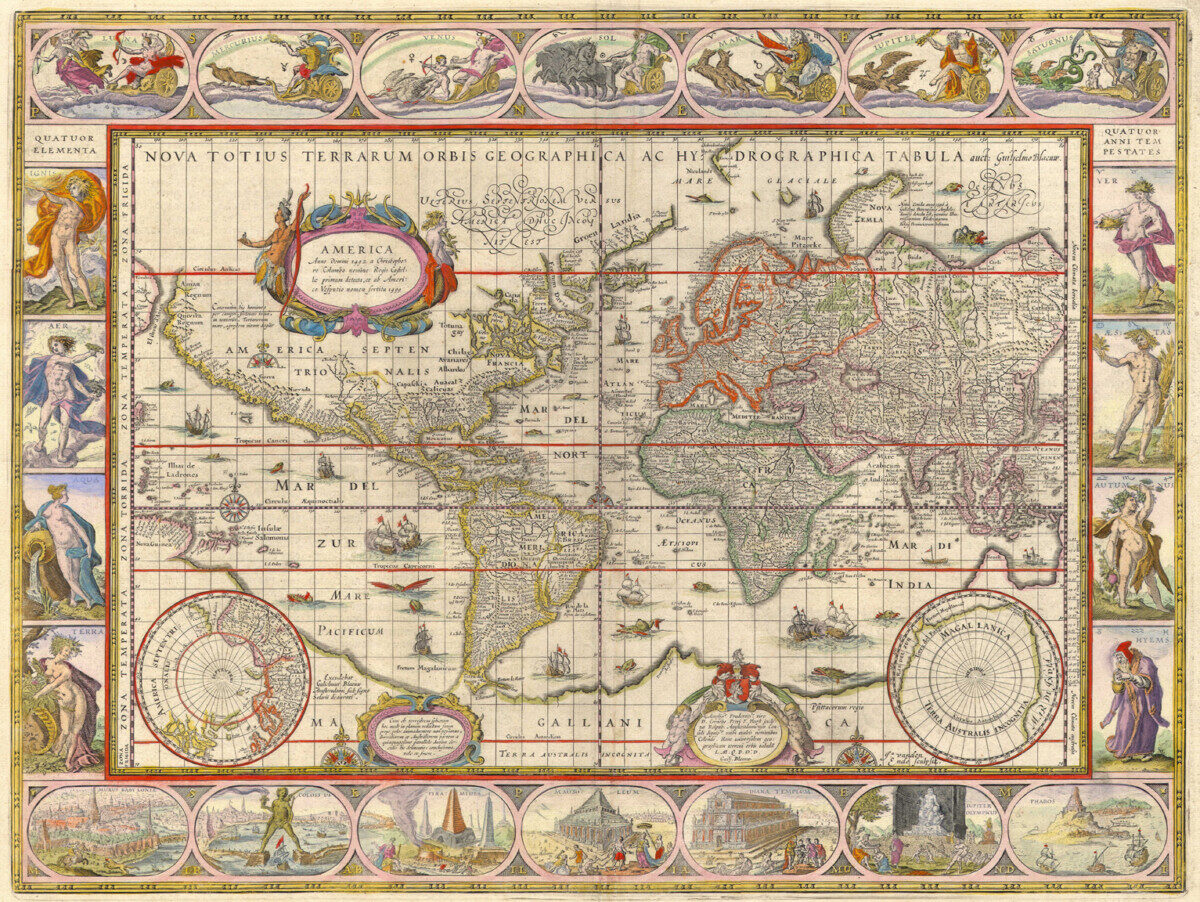1. How did this week’s readings and digital resources change or enhance your understanding of early modern Rome?
I learnt about how social changes are so closely tied with the transformation of art. In the “center for political life”, art can be a faithful recorder of all the changes happening in Rome at the time period. For example, baroque art indicates a transformation in its religious connotations and progression made in the scientific field, in addition to the increasing importance of the city of Rome as a political center. From multiple perspectives, I can see how different disciplines worked together to deliver a better understanding of the basic concept of beauty and redefine how artists create. The urban city is such a complex system that deserves scholars to study because there are so many hidden stories that we can learn from.
I was also amazed about the power of religion in early modern Rome. The changes happening inside different churches can affect so many artists in ways unimaginable. By studying these changes, we can get a glimpse of the true picture of the century.
2. Which digital projects being developed at the ECDS did you find most exciting?
I found “Visualizing the Un-Visualized: Developing an Interactive Model of the Slave Ship L’Aurore” an inspiring project. With the aid of 3D construction technology, ECDS creates a unique chance for us to experience what it is like to be on a slave ship, especially when the experience is so complete when it includes sounds, artifacts, and pieces of real history. It acts as a reminder for our poignant history. This is what digital humanity should be like, spreading information and educating people in a meaningful and effective way.
